Innotec offers cuvet types , glass cuvet, cuvet quartz , plastic good price and the quality across the nation
What is the cuvette or Cuvet ? Application of cuvette in scientific research.
Cuvette is a small circular cylindrical shaped tube or square tube, the top is sealed. Is made from plastic materials, glass, or quartz this is what materials can give the light transmitted. They are designed to contain the water samples,the solution for spectral machine to quantify or define the spectrum and the wavelength of the sample solution. Cuvet designed square-shaped ,round or rectangular duct pipe.
The relationship between the material and the wavelength of light
Each cuvette all have a private advantage and from which, depending on the purpose for use of each of the different types:
- Cuvet use only plastic 1 times are often used in rapid tests in which speed is more important than the accuracy of the measurement.
- Cuvet the glass used in the range of wavelength of the visible light.
- And Quartz Cuvette high precision UV wavelengths used for both NIR range.
In each category the material creation cuvet, the accuracy of each type is different:
- With cuvet glass ,used in the wavelengths from 340-2500nm and transmitted it to the 80% speed tolerances is 1% at a wavelength of 350nm.
- Plastic Cuvette is used for wavelengths from 380-780nm (the region of visible light).
- For quartz subdivided the types :
- Fusing quartz used with a wavelength below 380 nm(brandishing ultraviolet spectrum).
- Quartz-UV active in wavelength range from 190-2500 nm with a tolerance 1% in 220 nm.
- Quartz ES about wavelength from 190-2000 nm with a tolerance 1% at 220nm.
- Quartz IR wavelength range available from 220-3500 nm, allowed tolerance 1%& at 2730nm.
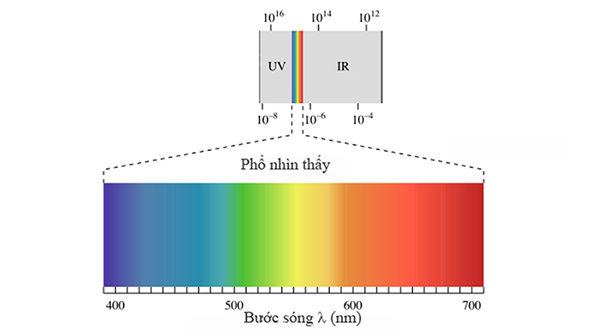
Can interest you : spectroscopy UV-Vis U-3900
Light passes through the cuvet calculated how?
Cuvet is glass tools designed 2 opposite hand throughout to the best transmission light, longer 2 the remaining surface is porous to manipulate users without leaving fingerprints on cuvet affect results. Usually, size is 10 mm (0,39 inch) to calculate easily the absorption coefficient.
With the original light intensity calculated by the formula:
I0=Ia I
With I0: is the light to
Ia :is the intensity of the light absorbing
I :is the intensity of light come out of the cuvette

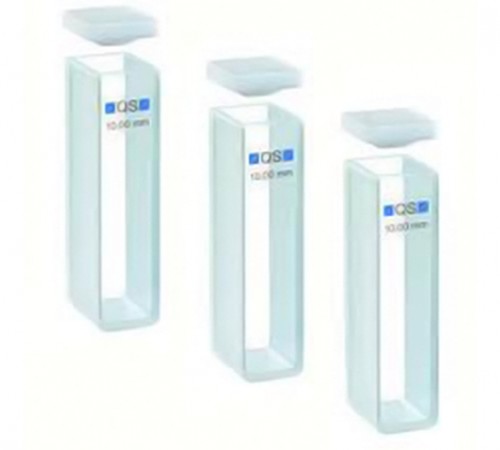


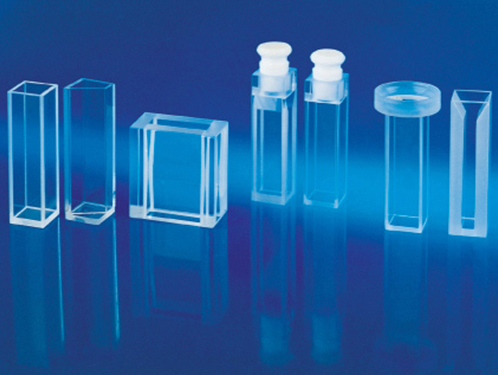

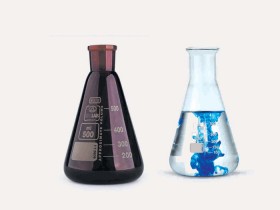

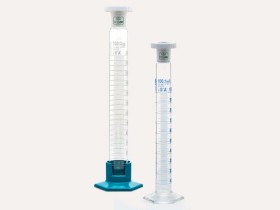
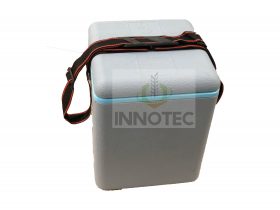

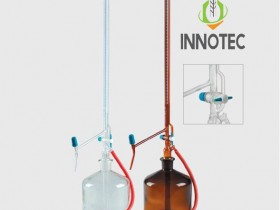
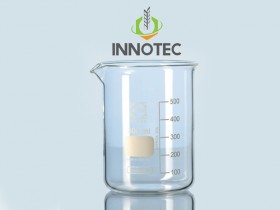
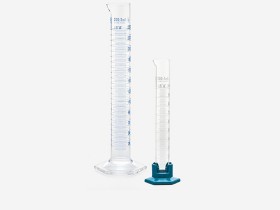
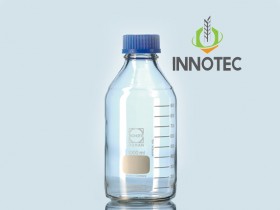























Le Huynh Duc – :
Quote yourself cuvet quartz nhé !
High Voltage – :
You stocking glass cuvet k quotes for yourself in mail : duccentury@gmail.com ! Thank